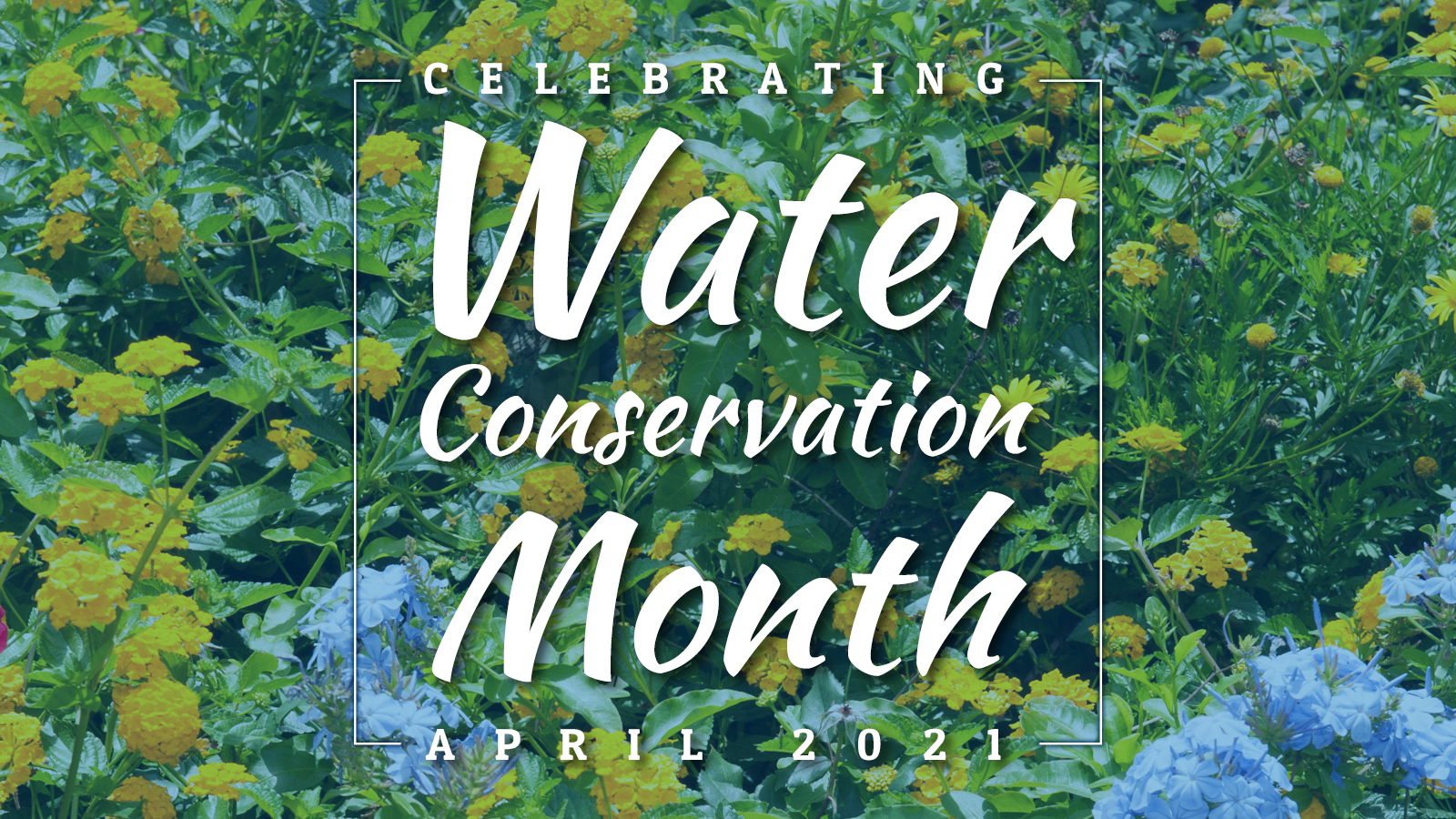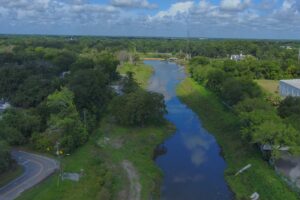Recognizing Water Conservation Month in April and year-round
April 1, 2021
Water, as the St. Johns River Water Management District’s name would imply, is at the center of our work every day and water conservation is an important component of our mission.
As we enter April, typically a dry month in Florida, we’re focusing additional attention on water conservation. Our Governing Board recently approved a proclamation designating April as Water Conservation Month. Since then, many local governments throughout our 18-county service area have approved similar proclamations, showing their support for water conservation and urging residents to take action. For example, homeowners who have inground sprinkler systems often use 50 percent of their household water irrigating the landscape. An irrigation system that is efficient and correctly scheduled (only when needed and only on designated watering days) can save about half of that water use resulting in an average annual savings on your water bill.
We are proud that our local government partners, and many businesses and individuals are serious about water conservation and protecting Florida’s water. As we begin Water Conservation Month, I’d like to take a few minutes to introduce you to some of the individuals and local governments we’ve been featuring on our website as “H2O Heroes.” I think you’ll find their efforts inspiring!
For example, Winter Springs resident Art Gallo recently completed a pilot project at his home designed to measure the water savings he could accomplish with a “smart” lawn-watering system. Over a 13-month period, he realized an 84 percent savings on his water bill and his findings may serve as a model for future local water conservation programs. Brevard County resident Abbey Calhoun has turned her backyard into a water-saving oasis, using Florida-Friendly plants and capturing rainwater in a barrel for use during dry times. In Marion County, Amanda Marek oversees a program that is reducing Marion County’s outdoor water use by nearly 2 million gallons per year. On a larger scale, the Florida Nursery Growers and Landscape Association partners with the District to teach landscape and irrigation professionals how to help their customers save water through the Florida Water StarSM program. And many District golf courses are using water from stormwater ponds as their main source of irrigation water as well as employing innovative technology to apply only the water that is needed.
Local government utilities are also helping to share water conservation messages as part of their consumptive use permits (the permits that allow local utilities and others to pump and distribute water). Orange County Utilities offers its customers a Water Wise Neighbor Program, designed to provide educational classes and water-saving devices. Clermont implemented a water budget for its customers for landscape irrigation, with separate meters to measure outdoor use. The city also monitors water use to proactively fix potential problems. In Ocoee, building codes were implemented to include water conservation indoors and outdoors. The program enhancements mean, on average, new homes in Ocoee are 20 percent more water efficient than new homes elsewhere in the state. And in Clay County, the Clay County Utilities Authority established a leak detection program to monitor customers’ water use to identify potential water waste through leaks. The utility proactively reaches out to assist water customers to verify problems and locate leaks.
The agricultural community is also working with the District to extend water savings. Since July 2015, our agricultural cost-share program has awarded more than $17.5 million, with an additional $5.4 million provided by the state and the Florida Department of Environmental Protection and $10.3 million contributed by ag operators. This funding has helped with 181 projects, which has resulted in 12.7 million gallons per day of water savings. Among these great ag projects is Cherrylake, the largest grower of ornamental trees in the state. The District provided $521,000 in funding that the company has invested toward equipment that maximizes the efficiency and accuracy of its water and fertilizer use. Those upgrades have translated to 1.3 million gallons a day of water savings (and additional benefits of annual nitrogen and phosphorus reductions of 15,012 and 2,269 pounds respectively).
Overall, through March 2021, the District has invested $156 million in local communities to complete 253 districtwide and Rural Economic Development Initiative/Innovative cost-share projects that protect water resources. That investment has resulted in 144.81 mgd of alternative water supplied and 8.7 mgd of water conserved.
Every little bit helps. We appreciate the ongoing work that is expanding water conservation and making it a daily habit in our communities. Thank you to everyone who is already doing their part to save water.






